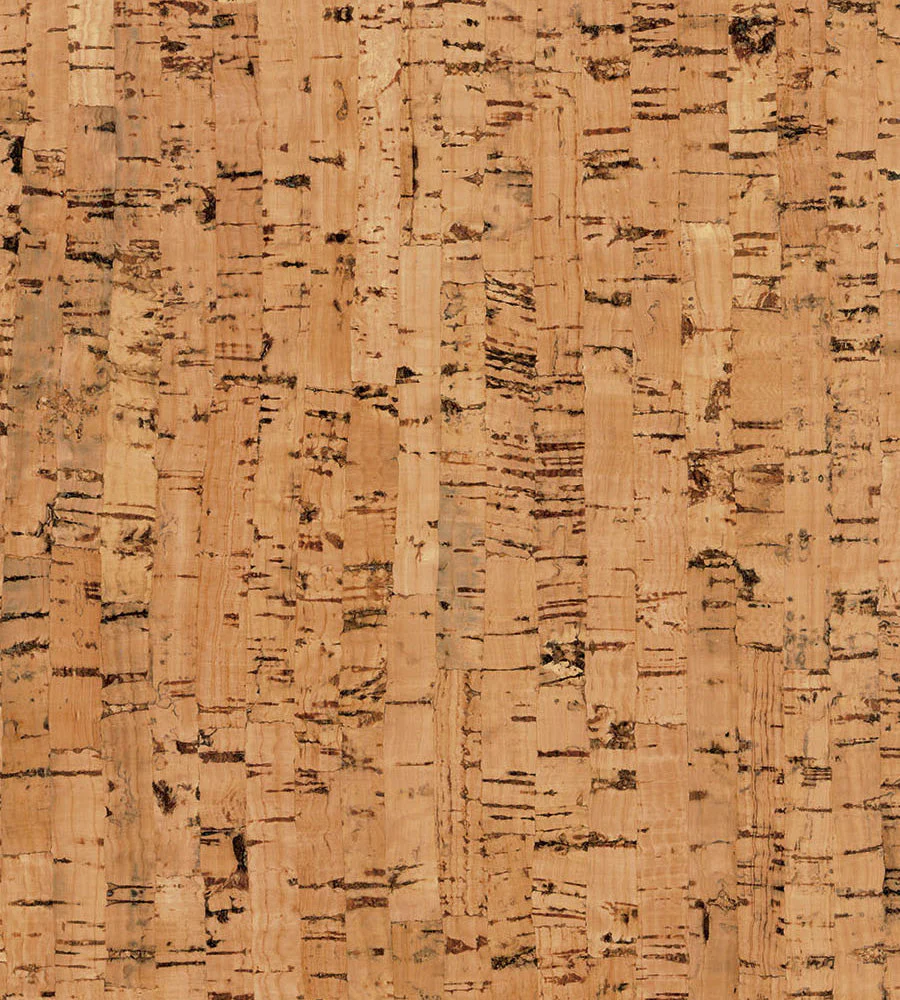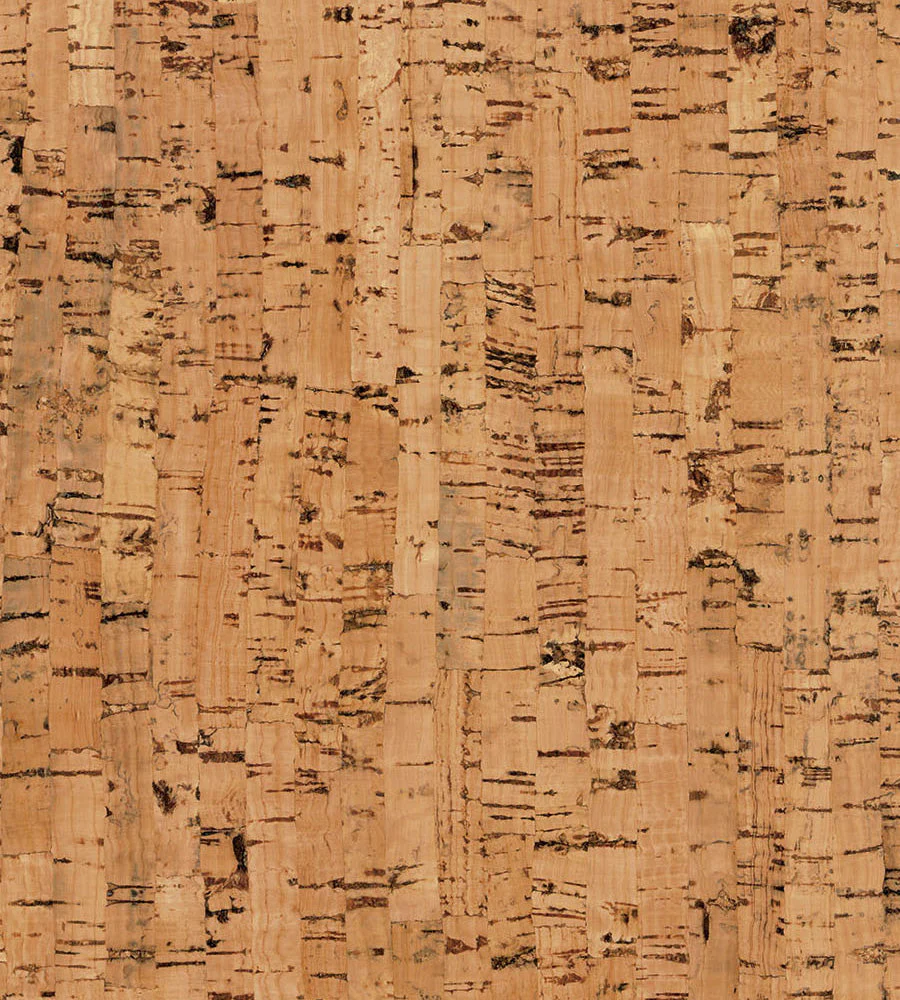Answer
Feb 03, 2022 - 11:55 AM
Per the installation instructions, https://www.greenbuildingsupply.com/core/media/media.nl?id=2120718&c=772072&h=_
lundI2iXfvCjZIv7jeMSVdXV7bR9JuPCwajagRGt9qSOZqV&_xt=.pdf "Subfloor requirements Wicanders floating floors can be installed in most domestic areas and in almost all commercial areas except in bathrooms, saunas and persistently wet rooms. Wicanders Floating floors can be laid on top of most hard surfaces such as resilient floor coverings, wood flooring and ceramic tiles. Soft subfloors such as carpets, cushion backed vinyl, and similar must be removed. The subfloor must be even, flat, dry and variations should not exceed 3mm in 2m (1/8�in 61/2� feet). All type of concrete, wooden and ceramic surfaces must be completely dry". You may install it over plywood that is in good shape and level without any moisture barrier. A moisture barrier is required if using over concrete. Make sure to follow their instruction on the condition of the subfloor.
lundI2iXfvCjZIv7jeMSVdXV7bR9JuPCwajagRGt9qSOZqV&_xt=.pdf "Subfloor requirements Wicanders floating floors can be installed in most domestic areas and in almost all commercial areas except in bathrooms, saunas and persistently wet rooms. Wicanders Floating floors can be laid on top of most hard surfaces such as resilient floor coverings, wood flooring and ceramic tiles. Soft subfloors such as carpets, cushion backed vinyl, and similar must be removed. The subfloor must be even, flat, dry and variations should not exceed 3mm in 2m (1/8�in 61/2� feet). All type of concrete, wooden and ceramic surfaces must be completely dry". You may install it over plywood that is in good shape and level without any moisture barrier. A moisture barrier is required if using over concrete. Make sure to follow their instruction on the condition of the subfloor.



